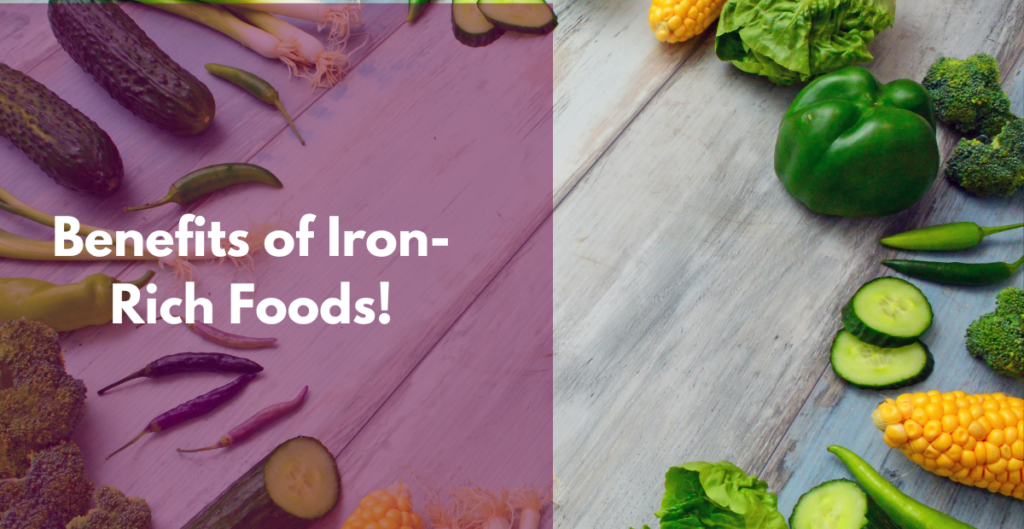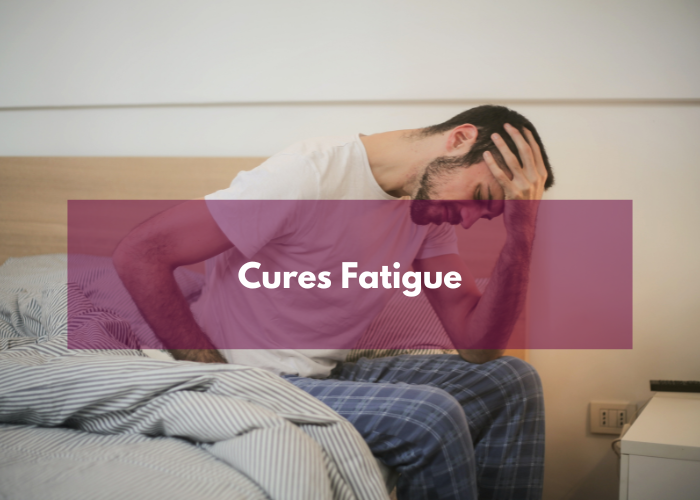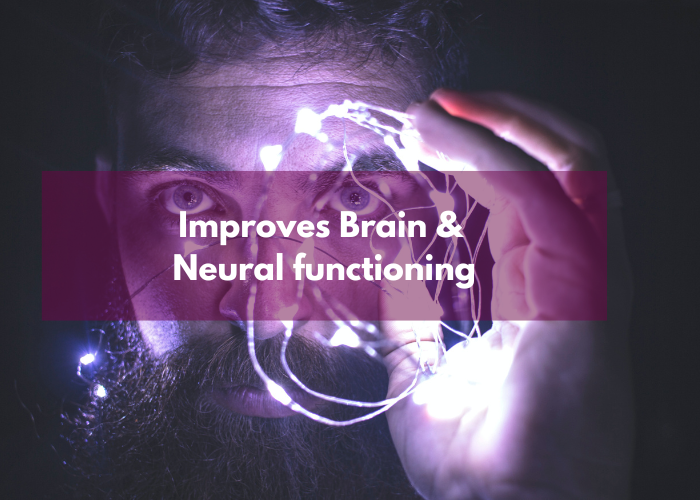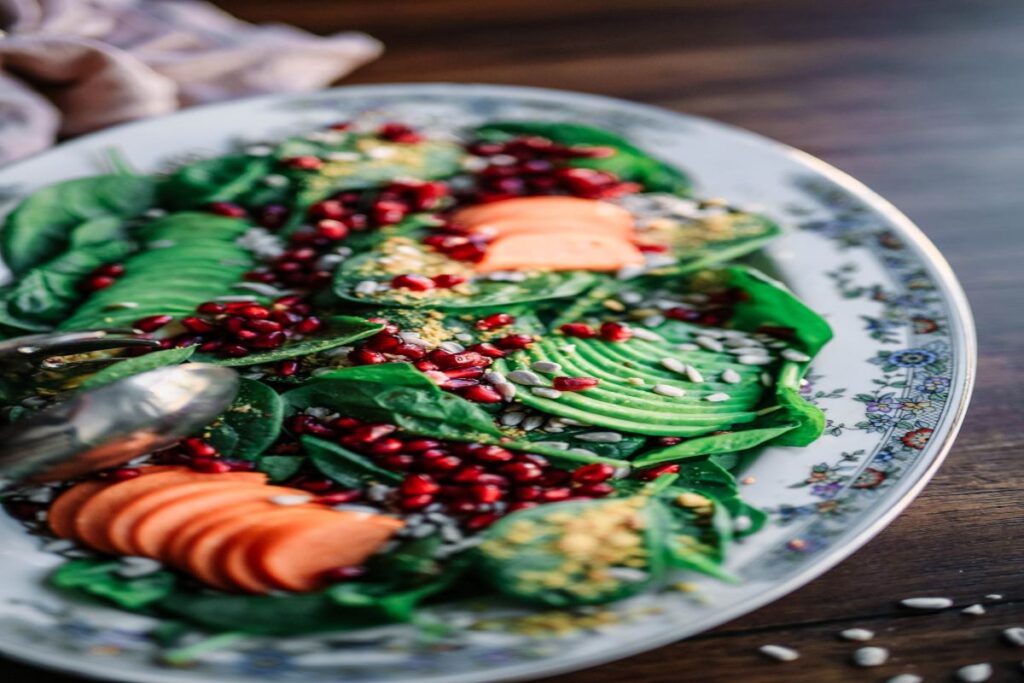We all know the importance of healthy choices regarding our food. You probably know the importance of minerals like Iron in our diet. In this article, I am sharing some extraordinary benefits of Iron and Iron-Rich Foods to Add to Your Diet.
Have a look!
Importance of Iron in our body:
With the aid of your blood, iron, a mineral, plays a crucial part in providing oxygen to the tissues in your body. This essential element enters your body through food and is incorporated into your red blood cells.
Iron-rich food consumption is crucial for maintaining good health. Iron is the mineral that is responsible for the growth, repair, and functioning of the body.
What happens when you don’t consume an adequate amount of Iron rich foods?
If you are avoiding iron-rich food for longer, It will cause Iron deficiency in your body. That further lead to anemia. This is known as iron deficient anemia.
A frail patient may feel the following symptoms:
- Prolonged Headaches
- Fatigue
- abnormal heartbeat
- Breathlessness
- light colored skin
- hair damage
Include the correct quantity of iron in your diet to avoid these symptoms.
So, what are the benefits of Iron rich foods? Let’s hover on the following details:
What are the benefits of Iron-Rich Foods adding to Your Diet?

If we start counting the benefits of including iron-rich food in our diet, I would say it’s uncountable.
However, for your ease, I have made a list of benefits you must know about having food loaded with Iron:
1. Aids to combat Anaemia:
Anemia, brought on by a lack of red blood cells in the body, is caused by iron deficiency. Children and women generally have Anaemia during menstruation or pregnancy.
It may also result in potentially fatal situations, including organ failure. Studies have proved that increasing iron consumption is essential for treating Anaemia.
2. Treats Restless Leg Syndrome:
A study published in the journal Age and Ageing found a link between iron deficiency and restless legs syndrome.
It is a neurological disorder where you experience an overwhelming impulse to move your legs due to muscular spasms brought on by low blood iron levels.
You can get rid of this issue by taking iron supplements as prescribed by your doctor.
3. Boosts Immunity:
Ever since the Covid-19 epidemic hit us, we have heard about immunity.
I can bet you must have taken supplements to boost your immune levels. Isn’t it?
Your immune system needs iron to function better. For example, RBCs can repair damaged cells and tissues by supplying them with oxygen and red blood cells.
Iron is the basic need for the success of any healing process.
4. Essential for a peaceful sleep:
Do you frequently struggle to get to sleep at night despite being exhausted from head to toe from a long day at work? Or do you have insomnia?
If your answer is yes, then you might be lacking in iron. Start including iron-rich foods into your normal diet to not only fall asleep quickly but also to have a deep sleep every night before the condition gets out of your control and becomes dangerous for your health and welfare.
5. Cures Fatigue:

Being iron deficient causes chronic fatigue to trigger. Indeed, chronic fatigue, which affects both men and women, is associated with iron deficiency.
The only cure is to include foods high in iron in your diet. You’ll be able to avoid becoming tired and maintain a high energy level.
6. Improves energy levels:

Your muscles and brain receive oxygen thanks to iron. Your body’s energy use will suffer if you don’t get enough iron in your diet.
Iron helps increase stamina, reduce irritation, and increase attention and concentration levels. Overall, your energy levels get a spike by having Iron rich food items in your daily diet.
7. Improves Brain & Neural functioning:

The brain is the most important part of our body. It is responsible for the proper functioning of each & every organ. Thus it needs to be healthy and active all the time.
For your brain to function properly, it needs oxygen. Your blood’s ability to carry oxygen to the brain is aided by iron. According to a study, iron helps your brain to develop and supports its functioning.
Proper blood flow to the brain can boost cognitive function and support the development of new neural connections to prevent cognitive diseases.
8. Promotes Healthy Pregnancy:
Iron-rich foods or supplements are a must-have during pregnancy. For example, a pregnant woman who regularly takes iron in her diet is less likely to contract a virus and experience infection than one who doesn’t.
To ensure the fetus receives all the nutrition, your blood volume and red blood cell formation rise throughout pregnancy. Iron becomes even more necessary as a result.
Low iron, low birth weight, early birth, and newborn cognitive and behavioral abnormalities can all be prevented by eating enough iron.
9. Improves Muscle Mass:
We tend to lose muscles as we age or for many other reasons. For example, iron helps your muscles contract by supplying oxygen to the tissues, which is essential for preserving muscle tone, mass, and flexibility.
Your weak muscles may trigger Anaemia and could be dangerous.
10. Multiply Metabolism Rate:
Metabolism is the process through which our body digests food. It is the rate at which the digestion process happens in our body. Slow metabolism is the main cause of increasing weight.
Thus iron efficient foods speed up the process. Hence fast metabolism further lead to aid in weight loss.
So, if you want to reduce extra pounds, include iron in your diet now!
11. Neurotransmitters work better:
Activities controlled by your brain depend on neurotransmitters, including norepinephrine, dopamine, and serotonin.
Norepinephrine speeds your heart rate and causes skeletal muscle contraction to increase.
Dopamine, also called the “feel-good hormone,” is important for enhancing focus, sleep, movement, and learning.
Serotonin also promotes happiness. It is a molecule that controls your hunger, mood, desire for sex, and sleep.
These neurotransmitters are synthesized in large part thanks to iron.
12. Must-have for Athletes:
A lack of iron can affect how well you function when under physical pressure because iron helps make red blood cells that contain hemoglobin, which carries oxygen to the tissues. And this is a must-have for them having Iron-rich foods.
Since it improves athletic performance, adequate iron consumption is crucial for people who lead active lifestyles.
So, you have learned the benefits of Iron-Rich Foods to Add to Your Diet. Now look below to know which food can help you in consuming iron.
Iron-rich food to add to your diet:

Vegetables:
- Spinach
- Broccoli
- Beetroot
- Potato
- Mushrooms
Fruits:
- Watermelon
- Strawberries
- Pomegranate
- Apples
Non Veg:
- Fish
- Liver
- Chicken Breast
- Red Meat
- Turkey
- Shellfish
- Prawns
- Tuna
Lentils, Millets, and others:
- Black Beans
- Kidney beans
- Chickpeas
- Nuts
- Herbs
Conclusion: Benefits of Iron and Iron-Rich Foods to Add to Your Diet
Hopefully, you are convinced enough to include iron in your day-to-day diet.
It is an essential mineral, and we should consume it for our body. Remember you are what you eat, So eat well. Choose well. After all, it is our responsibility to aid our body to work well and keep us healthy.
“The food you eat can be either the safest and most powerful form of medicine or the slowest form of poison.” – Ann Wigmore.